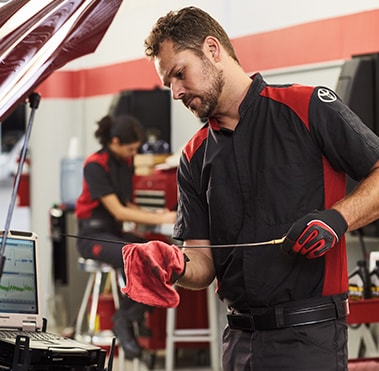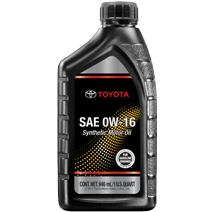
Why Change My Oil?
Apart from your fuel, your oil is likely your most important fluid inside your vehicle. Oil is an integral part of keeping your engine lubricated, so driving with low oil can lead to increased friction inside your engine, which can cause long-term damage to your engine.
It's important to make sure you check your oil every month or so to stay on top of your oil level. If you don't change your oil soon enough, your low oil pressure light may turn on to warn you to perform oil maintenance. Some of the symptoms you may encounter with low engine oil include:
- An oily smell in your cabin
- An overheating engine
- A rumbling sound from under your hood
- Vehicle stalling
How Often Should I Change My Oil?
Every vehicle is different, so every vehicle is going to need oil at different intervals. In the past, the common oil change interval was around every 3,000 miles. Thanks to the popularization of synthetic oil, oil change intervals have risen to between 5,000 to 7,000 miles. In some cases, vehicles can go 10,000 miles before their next oil change.
Something you need to consider about your oil change intervals is the conditions in which you drive. Under normal conditions, you can achieve longer oil change intervals than you would when driving under what would be considered severe conditions. Severe driving conditions may include:
- Driving off-road
- Towing long distances
- Driving in dusty or sandy conditions
- Driving in extreme heat in stop-and-go traffic
If you want to learn what oil change interval is right for your vehicle, it's a good idea to consult your maintenance schedule in your owner's manual. This schedule is prepared with your vehicle in mind so you properly maintain your model according to your manufacturer's specifications.



